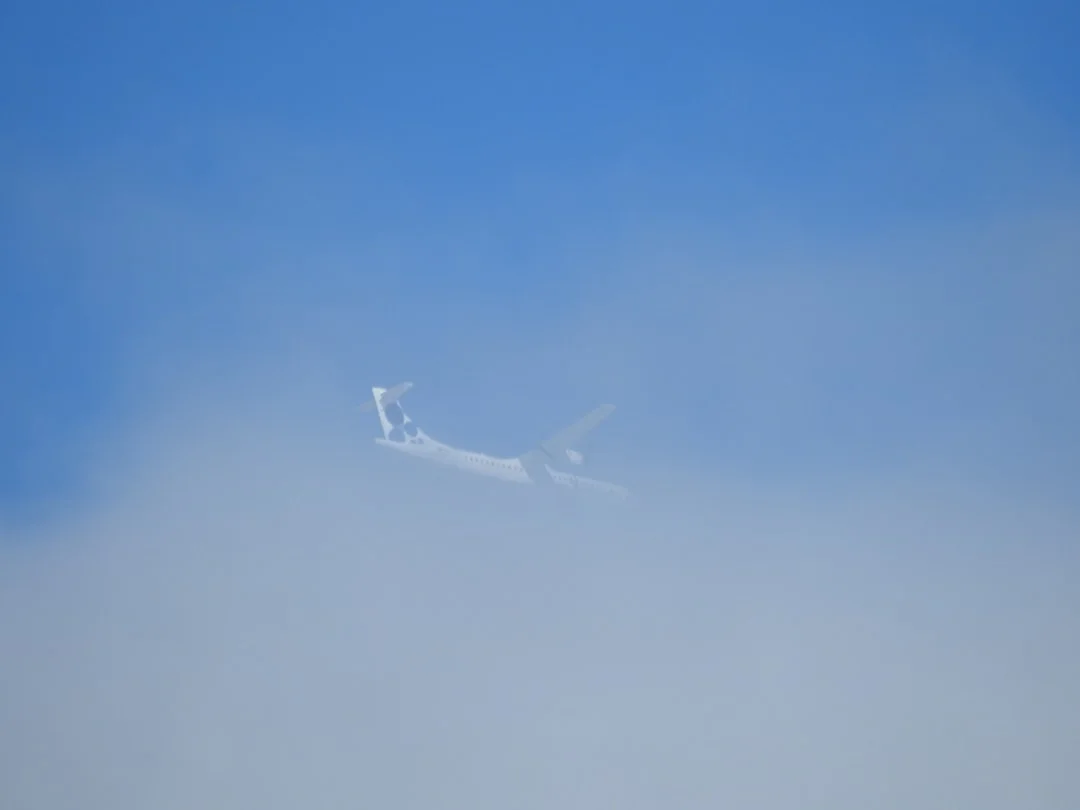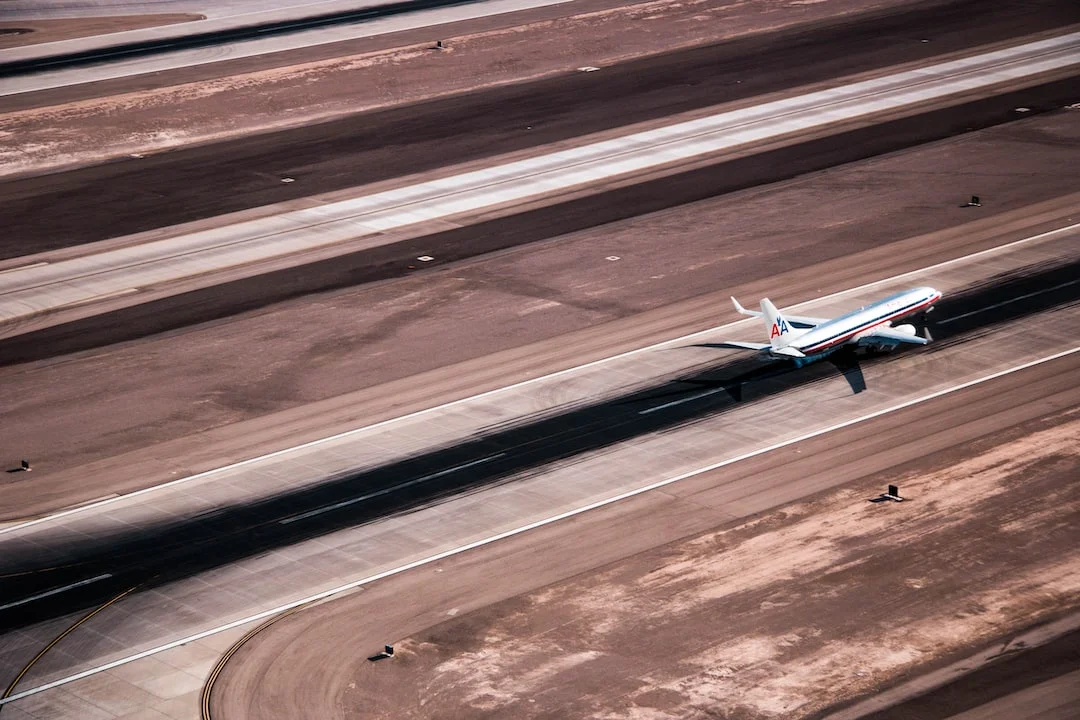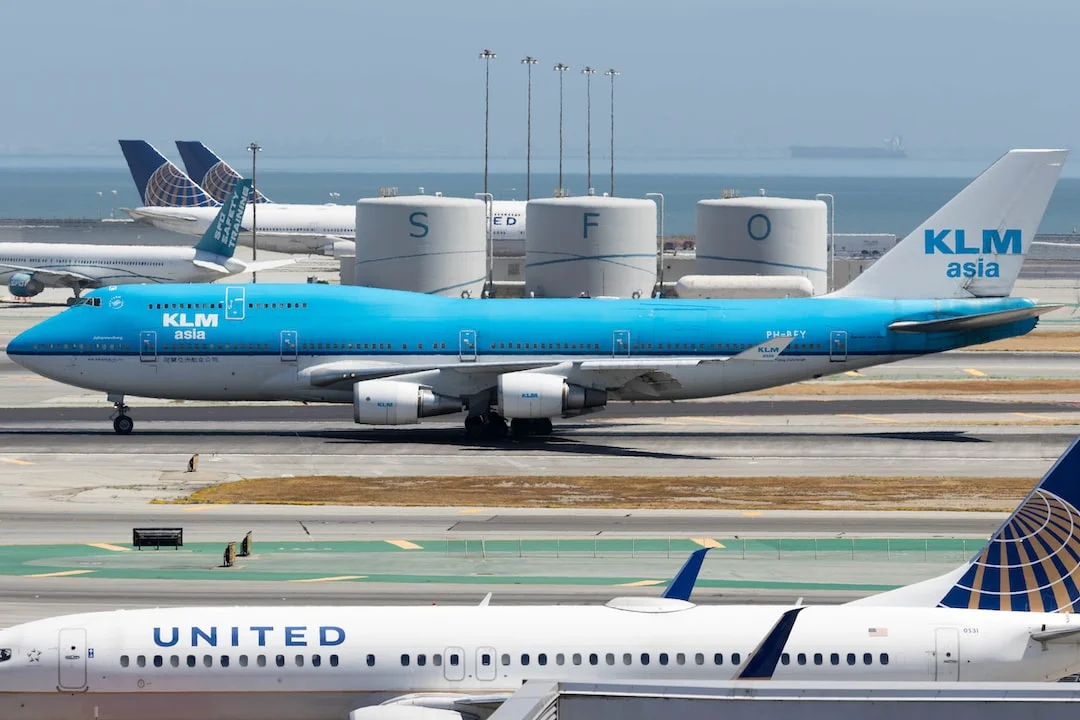Flight control, also known as FLT CTL, is a vital component of any aircraft, including the popular Airbus A320. It refers to the systems and mechanisms that enable a pilot to control the direction, attitude, and stability of the aircraft during flight. These systems are responsible for the safe and efficient operation of the aircraft, ensuring that it responds accurately to the pilot’s commands and maintains stability in various flight conditions.
In this article, we will delve into the details of flight control on the Airbus A320 and explore the various components and features that make it a reliable and capable aircraft.
Flight Control Systems on the Airbus A320
The Airbus A320 incorporates advanced fly-by-wire technology, which means that the traditional mechanical control systems, such as cables and pulleys, are replaced by electronic signals. This technology greatly enhances the aircraft’s maneuverability and allows for precise and efficient flight control.
The primary flight control systems on the Airbus A320 include:
- Control surfaces
- Flight control computers
- Side stick controllers
- Hydraulic actuators
The control surfaces, namely the ailerons, elevators, and rudder, are responsible for controlling the roll, pitch, and yaw of the aircraft, respectively. These surfaces move in response to the pilot’s input through the side stick controllers, which are located on the left and right side of the cockpit. The side sticks provide a direct and intuitive way for pilots to command the aircraft.
Behind the scenes, the flight control computers play a crucial role in processing the pilot’s inputs and translating them into appropriate commands for the control surfaces. These computers continuously monitor the aircraft’s flight parameters, such as airspeed, altitude, and attitude, and make adjustments to ensure stability and safety.
To physically move the control surfaces, the Airbus A320 relies on hydraulic actuators. These devices convert the electronic signals from the flight control computers into mechanical movements that actuate the control surfaces. The use of hydraulic actuators provides the necessary power to move the large and heavy control surfaces with precision.
Flight Control Features and Enhancements
The Airbus A320 features several flight control enhancements that improve its performance and safety. One notable feature is the “fly-by-wire protections,” which prevent the aircraft from exceeding its safe flight envelope. These protections include:
- Alpha Protection: Prevents the aircraft from stalling by limiting the angle of attack.
- Bank Angle Protection: Limits the aircraft’s bank angle to prevent excessive roll.
- Pitch Attitude Protection: Limits the aircraft’s pitch attitude to prevent excessive climb or descent.
- Lateral Navigation Mode: Allows the aircraft to follow programmed flight paths accurately.
These protections ensure that the Airbus A320 operates within its safe operational limits, reducing the risk of accidents caused by pilot error or exceeding the aircraft’s capabilities.
Additionally, the Airbus A320 features an advanced autopilot system that assists the pilot in various flight phases. The autopilot can take control of the aircraft to maintain a specific altitude, heading, or speed, allowing the pilot to focus on other tasks or reduce workload during long flights.
Moreover, the Airbus A320 is equipped with control laws that provide different handling characteristics depending on the flight phase. These control laws ensure optimal aircraft performance and stability. For example, during takeoff, the aircraft enters the “normal law,” which provides traditional handling. In the event of an abnormal situation, such as an engine failure, the aircraft transitions to the “alternate law,” which modifies the control inputs and makes the aircraft easier to handle.
Conclusion
The flight control system on the Airbus A320 represents a remarkable integration of advanced technology to ensure safe and efficient flight operations. With its fly-by-wire technology, precise control surfaces, sophisticated flight control computers, and various flight control features, the Airbus A320 provides pilots with an intuitive and capable platform, enhancing both safety and performance.
Understanding the intricacies of the flight control system is crucial for pilots, maintainers, and aviation enthusiasts to appreciate the engineering behind modern aircraft. The Airbus A320’s flight control system serves as a testament to the continuous advancements in aviation technology, making air travel safer and more reliable.
For More: What is CVR on Airbus A320? (Cockpit Voice Recorder)




